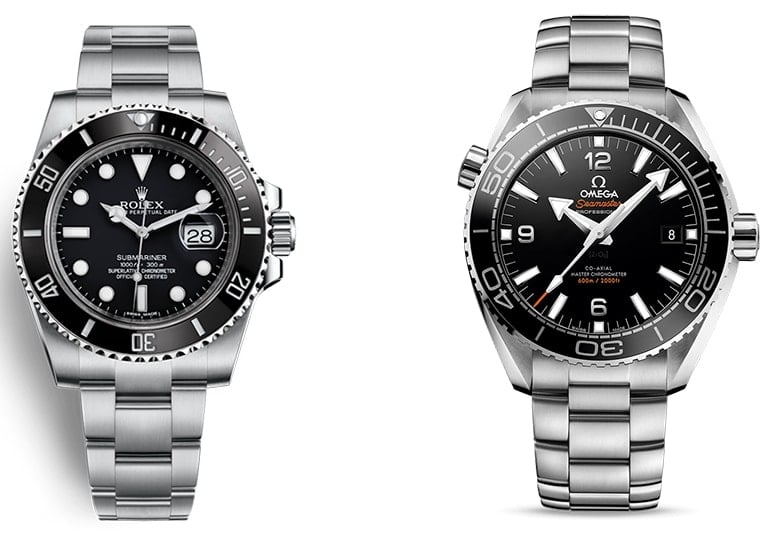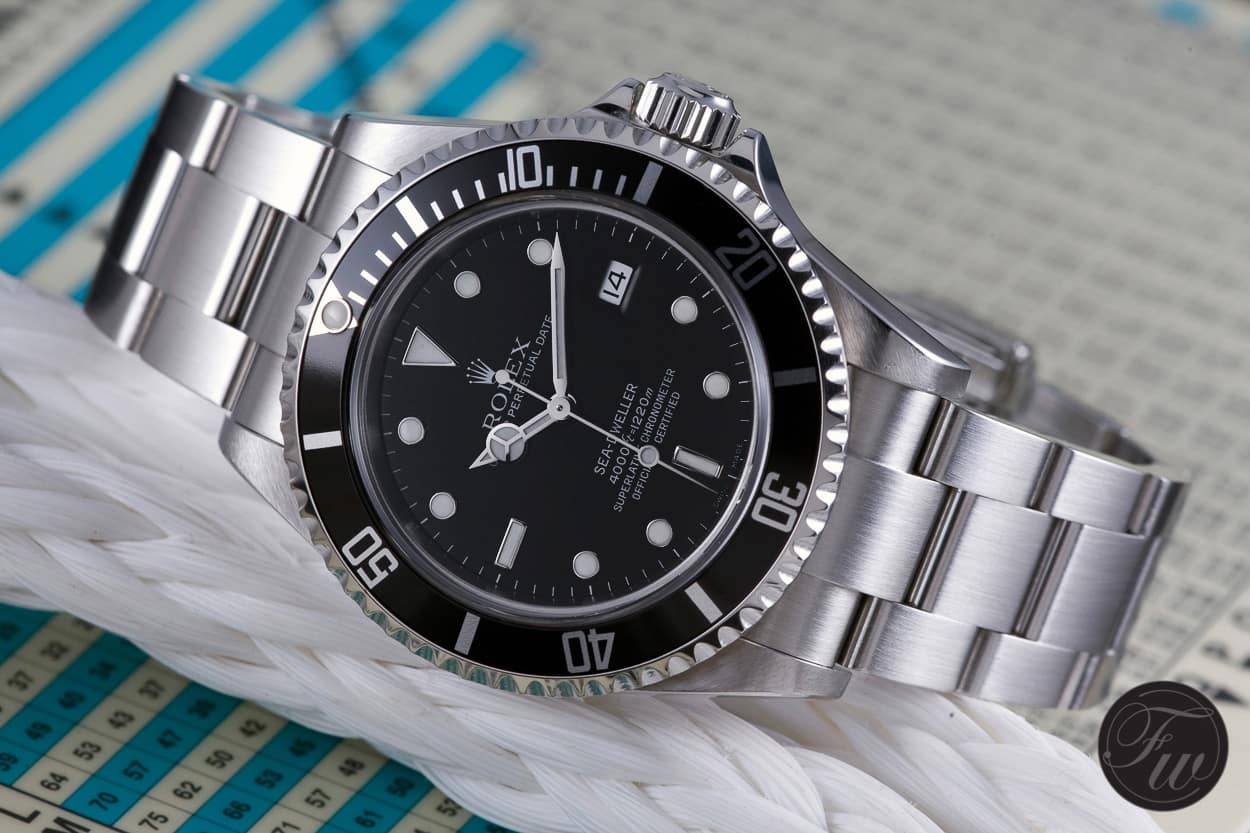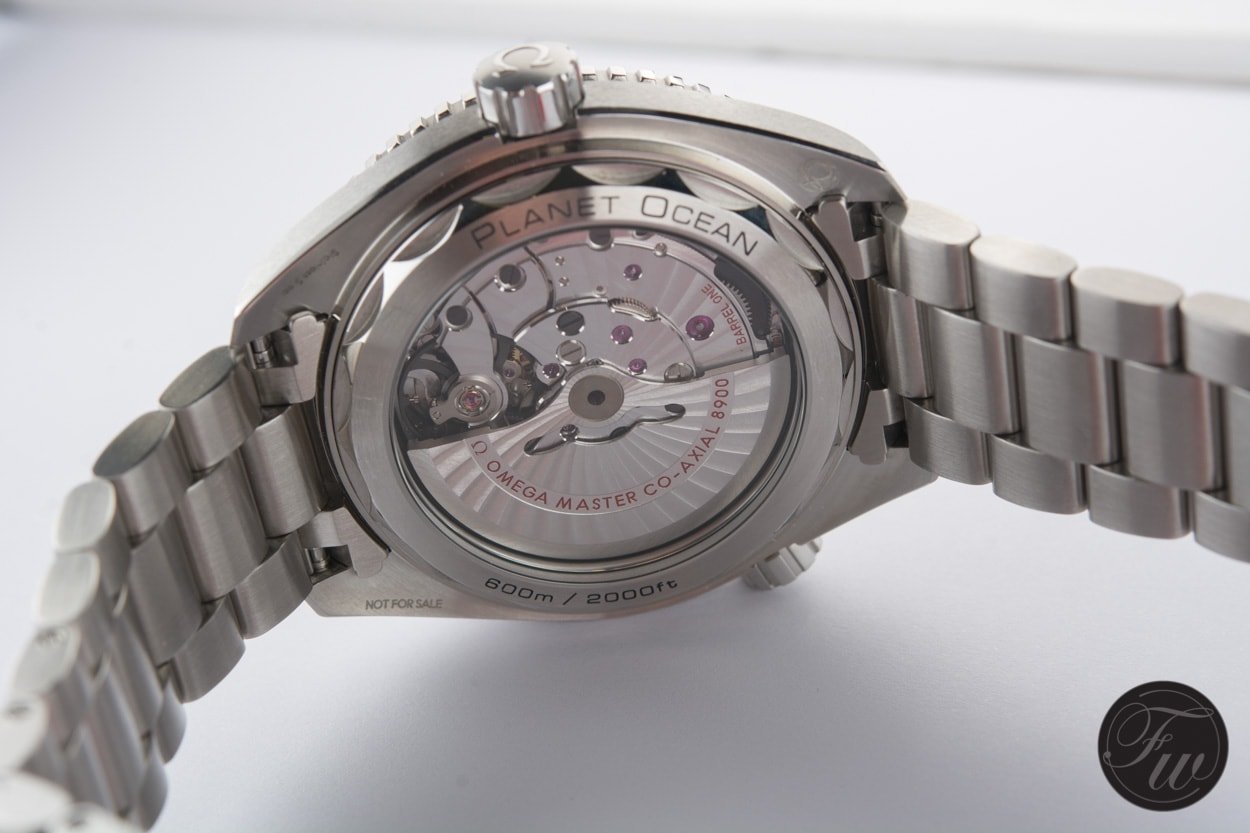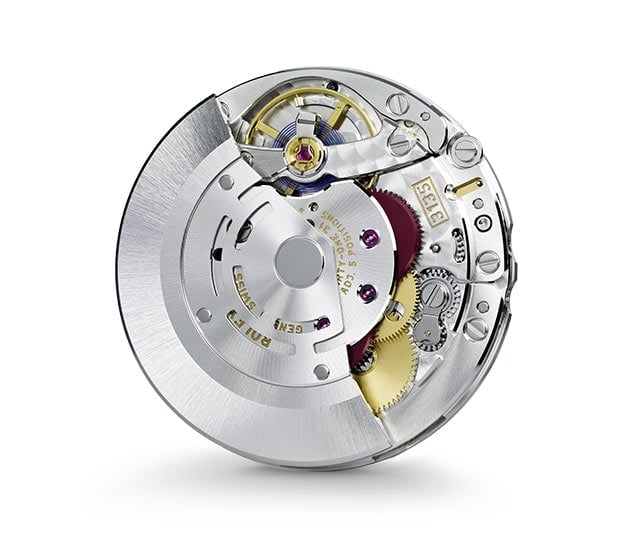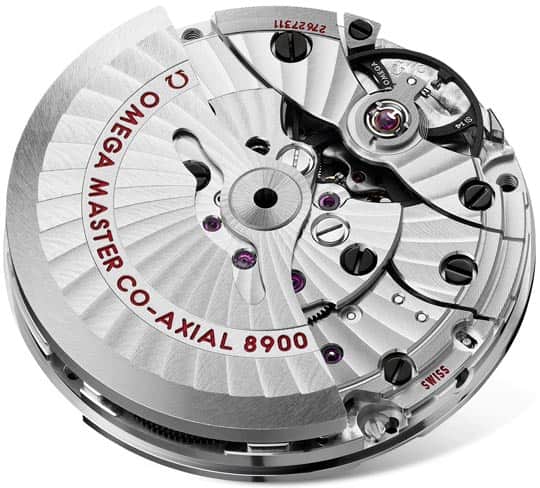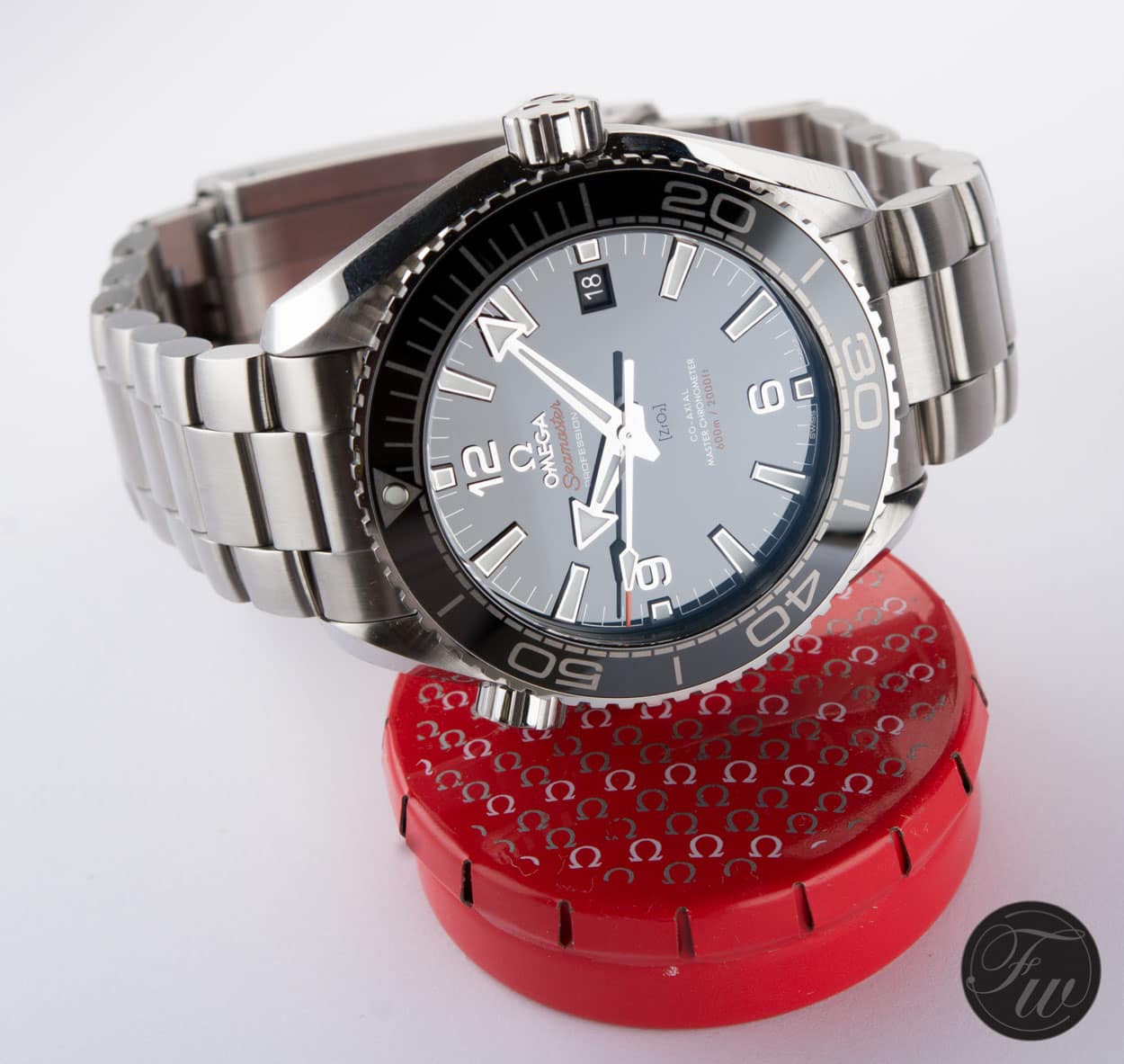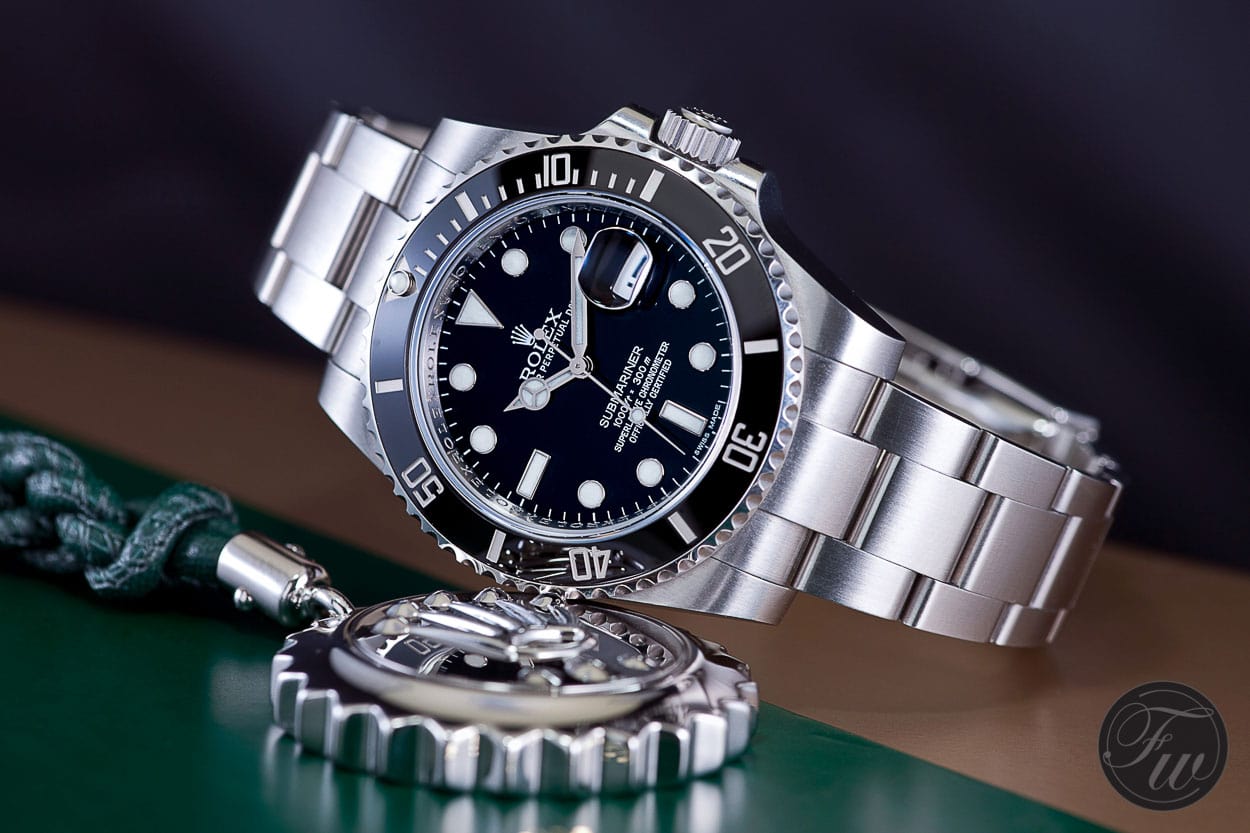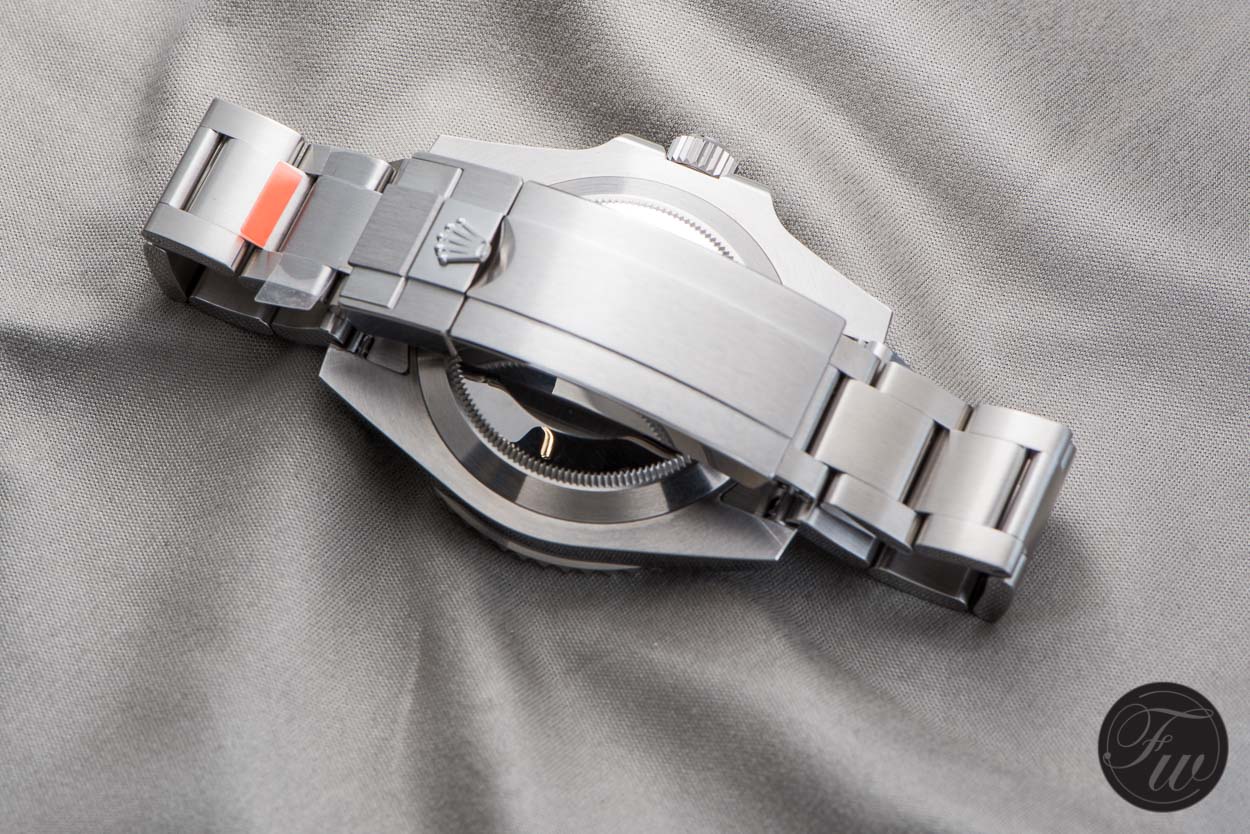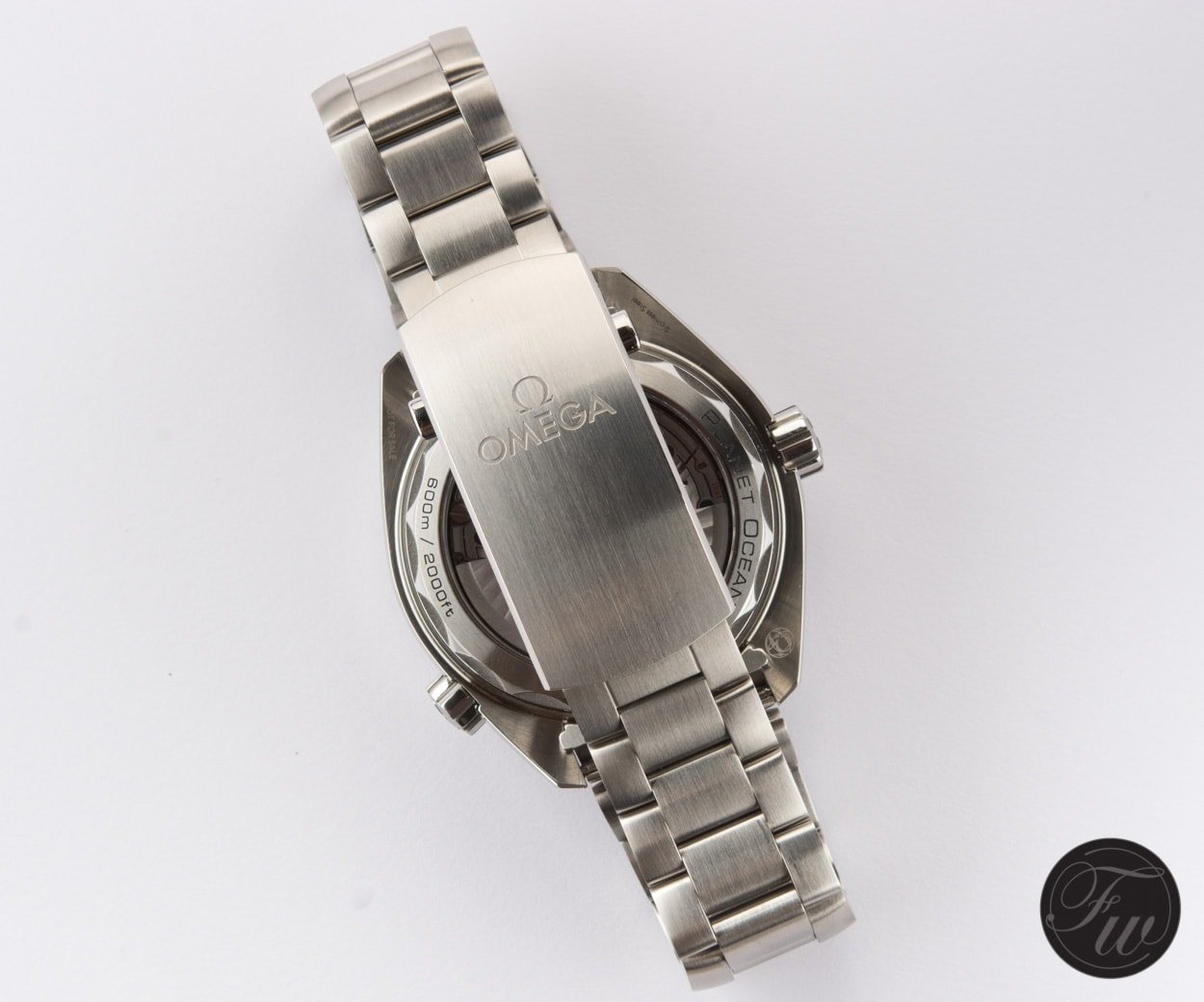You Asked Us: Rolex Submariner vs Omega Seamaster
A classic watch question almost; the Rolex Submariner vs Omega Seamaster. If we got a Euro for every time we were asked this question, we would have both in the meanwhile. Last week we received it again, for this You Asked Us feature here on Fratello. We thought it would be about time to answer this question in public, as it is probably interesting to many other watch enthusiasts as well (according to our mailboxes).
The question we received was relatively short. Nguyen asked us: “Please help me decide between buying a Rolex Submariner and an Omega Seamaster. What are the pros and cons of these watches and which one do you prefer?“.
You Asked Us: Rolex Submariner vs Omega Seamaster
The Rolex Submariner and Omega Seamaster are icons and have been around for a long time. The Submariner was introduced in 1953 and was available a year later. The Seamaster is a bit older, introduced in 1948, but it took till 1957 before Omega really made it a divers watch (Seamaster 300). Where Rolex has been very steady with creating basically the same Submariner model, with just minor differences in choice of material and with or without date, the Seamaster has appeared in many executions. Today, the Seamaster family that consists of the Aqua Terra, Diver 300M, Planet Ocean, PloProf and the ‘300’. So, which one do we put against the Submariner? Nguyen wasn’t very clear on that, so we decided to pick a model that can be seen as the direct competitor of the Submariner. Where the Aqua Terra is more of an all-terrain watch, the PloProf as a professional diving instrument and the ‘300’ as a re-edition of the 1957 Seamaster 300, the new Diver 300M and Planet Ocean 600M would be our pick against the Rolex Submariner.
The References
The Seamaster Diver 300M that was introduced this year, does feature the new Master Chronometer movement as well as a ceramic bezel but it has not been delivered yet. The Planet Ocean 600M has been on the market for quite a while and comes a bit more in the regions of the Submariner when it boils down to price. So, we selected the Omega Seamaster Planet Ocean 600M reference 215.30.44.21.01.001 versus the Rolex Submariner Date 116610LN.
Rolex Submariner vs Omega Seamaster Prices
Let’s start with the retail prices of these watches. The Rolex Submariner Date has a list price of €7850 where the Omega Seamaster Planet Ocean 600M has a retail price of €5800. That’s a steep difference, but there are 110(!) different Planet Ocean 600M references and we picked the ‘standard’ one. One that has the silicon nitride ceramic bezel with orange rubber and a titanium case will set you back €7900, but we want to compare two watches with similar specifications. Steel case, ceramic bezel, black dial, steel bracelet and an in-house movement.

An alternative in titanium
The Rolex Submariner 114060 (no date) is a bit cheaper (€6900), but we will stick to the date. If you want to go down a bit on price on the Submariner and don’t care for a date, the 114060 is a great option. Some people are disliking the cyclops on the date, for them, this Rolex Submariner 114060 is an option. If you want a Rolex with a date but without the cyclops, you can search for the discontinued Sea-Dweller for example.
In-House Movements
Both watches in this Rolex Submariner vs Omega Seamaster comparison have in-house developed and manufactured movements. The Rolex Submariner Date uses the calibre 3135 movement. It has been in production for quite a while, although small updates have been done regarding the hairspring (Paramagnetic blue Parachrom) and the regulating after the casing of the chronometer certified movement. Since a few years, Rolex tests and certifies the movements when they have been cased, and guarantee an accuracy of -2/+2 seconds a day on average. This performance is warranted for 5 years. Due to the use of special alloys for the hairspring, for example, the watch is also anti-magnetic (not specific to what extent).
When Omega introduced the Seamaster Planet Ocean in 2005, they were still using the ETA modified calibre 2500 movements (Co-Axial). But since 2007, Omega uses their in-house calibres for the Seamaster Planet Ocean watches (and other models). In this Seamaster Planet Ocean 600M we find their calibre 8900 movement. This movement with Co-Axial escapement has an accuracy of 0 / +5 seconds a day on average and is anti-magnetic to 15,000 gauss.
Usually, the chronometer certification is done for the movement only. Movements are delivered to the COSC (Contrôle Officiel Suisse des Chronomètres) with only a dial and hands attached to it as well as a plastic winding and setting crown. Once tested (and certified), they are being sent back to the supplier (watch brand) and are being cased. For most brands out there who use chronometer movements, this is the procedure. However, Rolex and Omega love their quest for the (industrialized) manufacturing of the best possible movement. Where ‘best’ stands for good performance when it comes to accuracy, and movements that are able to withstand (some) magnetism and other forms of abuse.
Rolex indicates that, after casing the movement, they certify the watch against their own standards. Omega also has defined their own standards but has their movements certified (after casing them) by an official third party called METAS, resulting in the Master Chronometer certification. The issue with certifying yourself is that there is no way to control or verify this process. It is a bit like having your books audited by your own bookkeeper from the finance department, instead of having this done by an external accountant who needs to give an independent judgement.
That said, both the Rolex calibre 3135 and the Omega calibre 8900 are great movements. The Omega calibre 8900 movement is visible by the see-through case back and as you can see above, it has some nice finishing as well. The power reserve of the Omega calibre 8900 is 60 hours, the Rolex calibre 3135 has 48 hours. If this watch is going to be your daily piece, we wouldn’t worry too much whether it is 48 hours or 60 hours. Only when you swap watches over the weekend or every other few days, for example, it can become annoying that you need to set your watch again. Using a winder can help here though. What’s a nice ‘plus’ on the Omega is that you can log-in onto the Omega website and see the test results of your very own watch by using the credentials on the Master Chronometer warranty card.
Case and Bezel
The Rolex Submariner Date 116610LN measures 40mm in diameter. The steel that Rolex uses is grade 904L, that they actually use for all of their steel models these days. Compared to the 316L steel that most other brands use, it has a higher resistance to oxidation. Using 904L grade steel doesn’t mean it can’t be scratched or dented, keep that in mind. Omega’s Seamaster Planet Ocean 600M case measures 43.5mm in diameter, which is definitely looking and feeling larger than Rolex’s Submariner. The Planet Ocean 600M is based on the original Seamaster 300 (CK2913). However, that’s only because of the shape, of course. The ceramic bezel, large dial and manual helium release valve have no association with the original CK2913 Seamaster 300. The Seamaster Planet Ocean 600M case is significantly thicker than the Rolex Submariner Date, so make sure you give both a try. Some people favour a thicker case, others don’t.
Both the Rolex Submariner and Omega Seamaster Planet Ocean watches have a screw-down crown to ensure water resistance. Most of the serious diving watches do, of course. The Seamaster has a transparent back where the Submariner’s caseback is solid steel. The fact that the Seamaster Planet Ocean 600M has a sapphire case back, has no effect for use underwater. The Omega Seamaster Planet Ocean is also equipped with a helium valve. The Submariner has not, only the (DeepSea) Sea-Dweller models have an (automatic) helium valve. This is only required for saturation diving though, during the decompression period.
The Rolex Submariner and Omega Seamaster Planet Ocean both have a ceramic bezel, wherein the past both watches used aluminium inlays. These would tend to fade a bit when exposes to sunlight for a long period and were easy to scratch or damage. The use of ceramics took care of that. Rolex uses platinum for the numerals and graduations. They refer to this as Cerachrom. Omega refers to their blending process of ceramics and (precious) metal (for the numerals) as LiquidMetal. It results in a very smooth surface, which is basically impossible to scratch. For their latest variations, Omega is even able to mix ceramics with rubber (we mentioned this at the start).
Rolex Submariner vs Omega Seamaster Planet Ocean – The Dials
For both watches, a variety of dials (and colours) are available, but we decided to go with the black dials. Both the Rolex and Omega have dials with large hour markers and large hands. Applied with luminous material. The Omega uses Super-LumiNova where the Rolex uses its own patented Chromalight. The Seamaster Planet Ocean 600M has 12 luminous hour markers, the Rolex has 11. Omega uses the famous broad-arrow shaped hands where Rolex relies on wide ‘Mercedes’ hands. A matter of preference in style. Both watches also have a date feature, where Rolex has the best readability due to the cyclops that enhances it 2.5 times, but not everyone is warmed up for the cyclops as it sits on top of the crystal. On the Seamaster Planet Ocean 600M, you will find a date disc in black with a white printed date. The dial of the Rolex indicates that this watch is a ‘Superlative Officially Certified Chronometer’ where the Omega indicates it is a ‘Co-Axial Master Chronometer’. We explained this when discussing the movements of these watches, above.
Regarding materials; the dial of the Omega is made of ceramic, where the Rolex dial is (probably) made of brass and using black lacquer. Both look very clean and uncluttered, although there’s a bit of text on there they are very readable. In low light conditions, both the Super-LumiNova (Omega) and Chromalight (Rolex) ensure great readability of the dial and hands. The Planet Ocean’s minute hand and triangle on the bezel are lumed with a green colour, the hour markers and hour hand are in blue. This is to make it even better readable in the dark (and water). With the Submariner, there is just one colour (blue) for the lumed parts.
The Bracelet
Where the Rolex Submariner vs Omega Seamaster Planet Ocean comparison is often about specifications and style, it should also be about comfort. There’s, of course, the preference of some people for a somewhat larger or smaller watch, thicker or thinner, lighter or heavier, but one important aspect is the bracelet when it comes to comfort. The Oyster bracelet from Rolex is hard to beat (as we described in our Top 10 bracelet overview), especially since they upgraded the clasp with their Glidelock extension system. This will allow you to perform micro-adjustments to the clasp without the toothpick. This way, if you dive, you can also extend the bracelet enough to wear it over your neoprene diving suit. Of course, Rolex still uses the flip-lock on their clasps.
Omega’s bracelet for the Seamaster Planet Ocean 600M is less outspoken than Rolex’s Oyster bracelet, but it is definitely a comfortable bracelet as well. The Planet Ocean has a solid looking and feeling bracelet which comes with a patented extendable fold-over clasp. So again, if you are a diver, you can wear this watch over the neoprene diving suit. With the clasp adjustment, you can extend the bracelet in 5 steps. In the end, it is a matter of taste and comfort, so it is best to try both versions before you decide.
Two Powerhouses
Omega and Rolex are the biggest luxury watch brands for sure. Although nothing is being communicated officially, accepted estimates in terms of production numbers are 945.000 for Rolex and 650.000 watches for Omega. There are brands with a higher production, but Omega and Rolex also have a high financial turnover for sure. This should not affect your decision on any of the two of course, but it shows that these two brands have been there for a long time and will be here for a long time. You will be able to rely on a good service mechanism, so when your watch needs service or repair, you won’t face issues. These two brands also kept on innovating over the years, and especially Omega has made huge steps since 1999 (Co-Axial introduction) when it comes to their movements. Rolex tends to do small innovations at the time, but this results in very reliable watches in the end as well. Omega has a bit more innovative watches when it comes to movements, materials and executions, which is often seen as interesting by the watch enthusiasts who are not very vulnerable for status. People who want a high resell value can rely on any stainless steel Rolex, and certainly a Submariner. This high resell value also has to do with the perception of the brand in general. Rolex still tickles those who are looking for status, so a Rolex watch is a very highly wanted ‘object’. We think that you are old and wise enough to make a decent decision on the things that are truly important. Please do never buy a watch to impress others or any type of product, and you will definitely live a happier life. That said, the Rolex – as well as the Omega – are good quality products and the differences are very marginal, especially when you compare them to many other divers watches on the market.
Buy What Moves You
Now, we could say buy the Rolex Submariner Date or buy the Omega Seamaster Planet Ocean 600M, or do something weird and recommend you to buy an IWC Aquatimer. But we don’t know Nguyen other than his email with this Rolex Submariner vs Omega Seamaster question. Buying a watch is very personal and it heavily depends on the things that are important to you. For example, I don’t care about lume, but I know that many people do and are taking their obsession with luminous dials and hands very far. I care more about a good movement, for example. And then there’s the emotional aspect when it comes to watches. As you know, I have a family affair with Omega as I recently wrote in a lengthy essay. But this isn’t valid for our editors Bert or Michael for example, they have a thing for Rolex because that’s the brand that drew them to this passion for watches. It has nothing to do with the quality of the watches (but there’s nothing wrong with any of the two), but about who you are and what’s important to you. Try to find out which brand or watch moves you, this can be something aesthetic but also something technical of course. When you found the watch that moves you or gives you the shivers in a positive way, you know what to do.
More about the Rolex Submariner can be found on the official Rolex website. More information on the Omega Seamaster Planet Ocean 600M can be found on the official Omega website.

